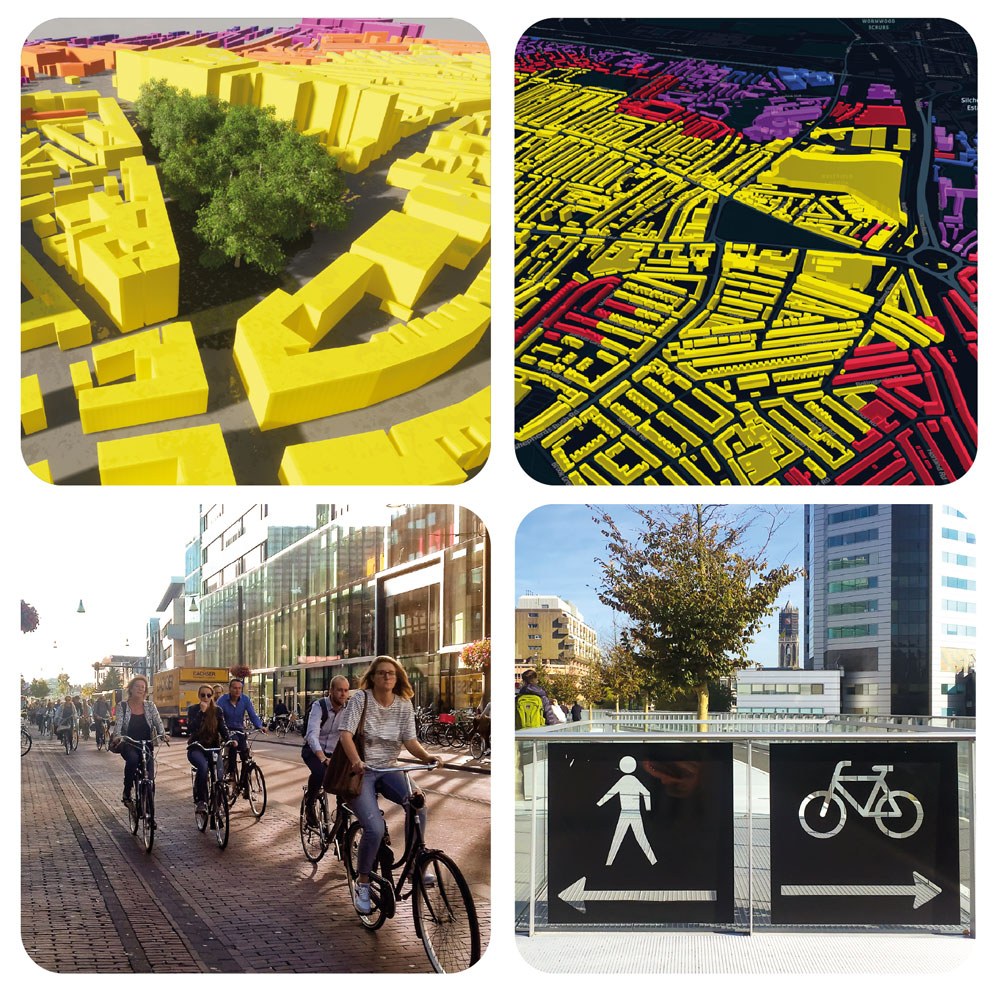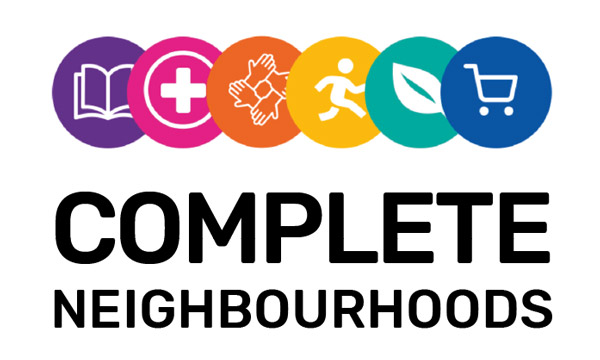
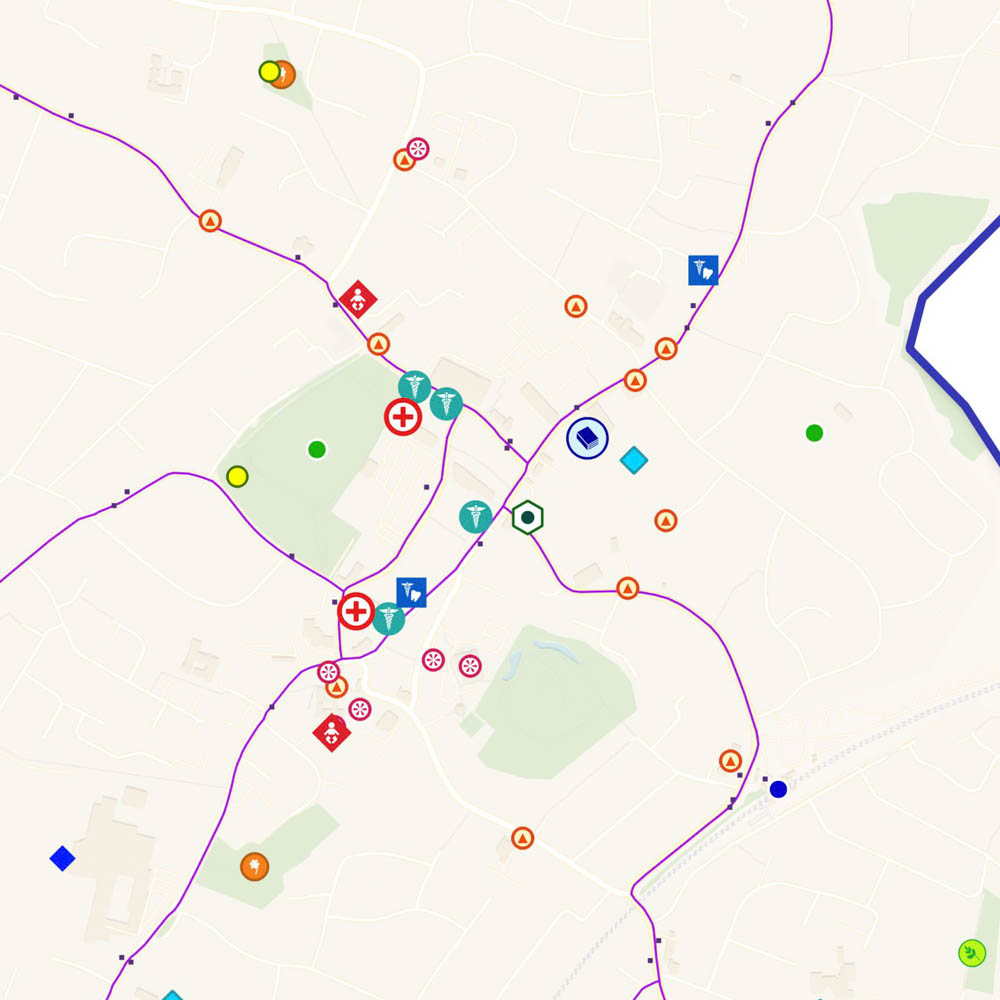
Complete Neighbourhoods are those which benefit from the full range of services and facilities required for day-to-day life. This includes, for example, primary schools, local parks and shops within reasonable walking and cycling time from home. The greater the provision of these services, and accessibility to these, the more complete a neighbourhood is.
We assess the completeness of neighbourhoods to help inform strategies for growth or intervention, where investment is required in new infrastructure to help support and sustain those neighbourhoods. This can inform production of settlement hierarchy studies, direction of growth and development capacity studies, as well as infrastructure planning, public realm and access improvements.
Our approach is highly spatial and maps the actual catchments around services and facilities, based on recognised walking and cycling travel times.
Heat-mapping of overlapping catchment areas indicates those parts of settlements which are highly complete, and those which are less so.
We combine this with mapping of public transport provision and the location of facilities of city or region-wide importance, such as hospitals, universities and cultural venues. This helps establish the role and function of different places, and the relationships between them.
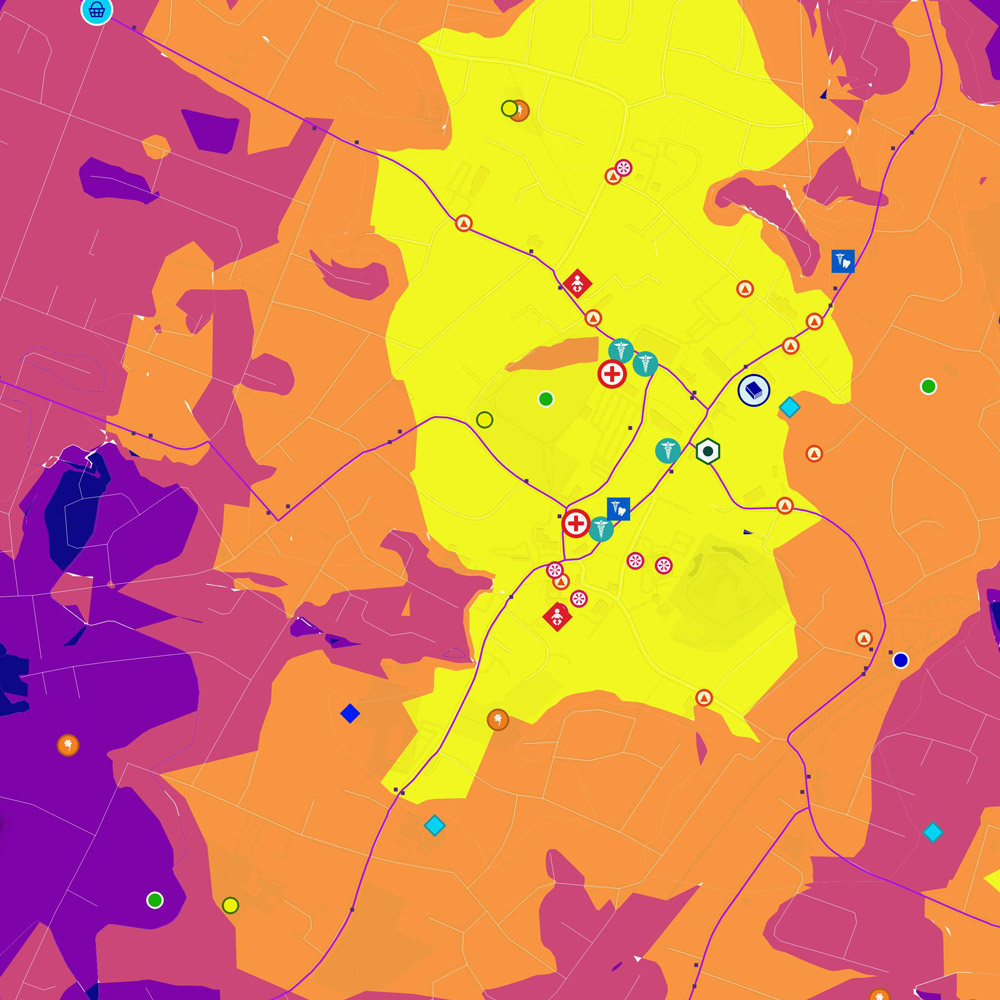
Example heat mapping, showing most complete areas benefitting from greatest number of and access to services in yellow, and less complete areas in dark blue.
We overlay mapping of completeness with wider metrics, including population and development densities, indices of multiple deprivation, house types and land values. This can tell us which places might be more or less susceptible to change, or where regeneration strategies might be focused.
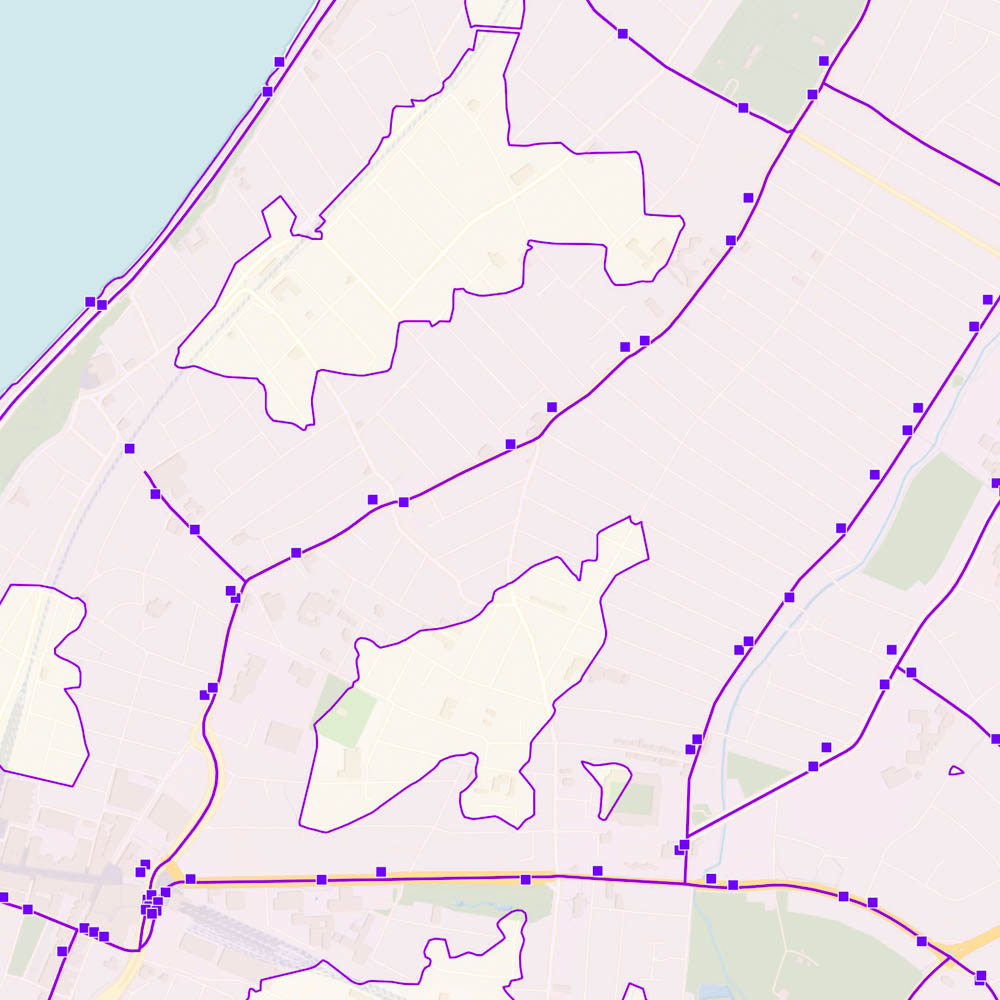
Walking accessibility to frequent bus services
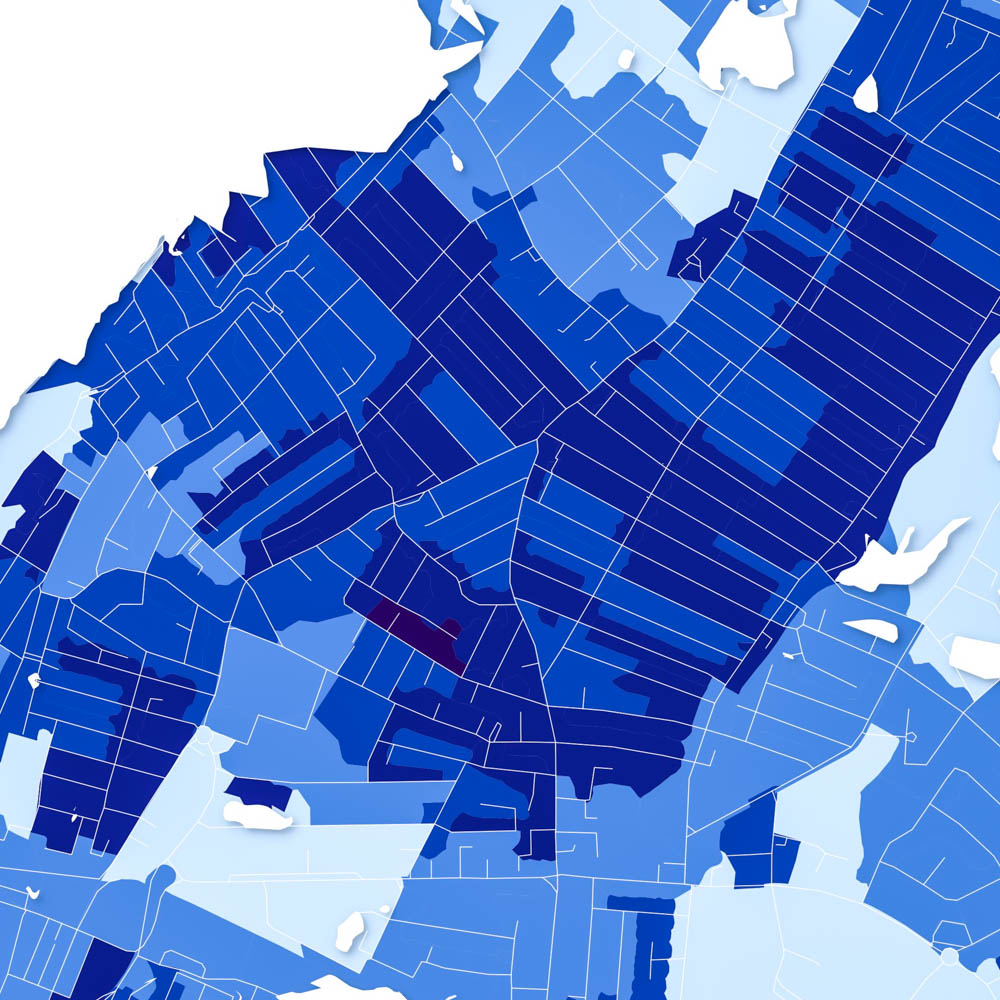
Population Density in the area of high completeness
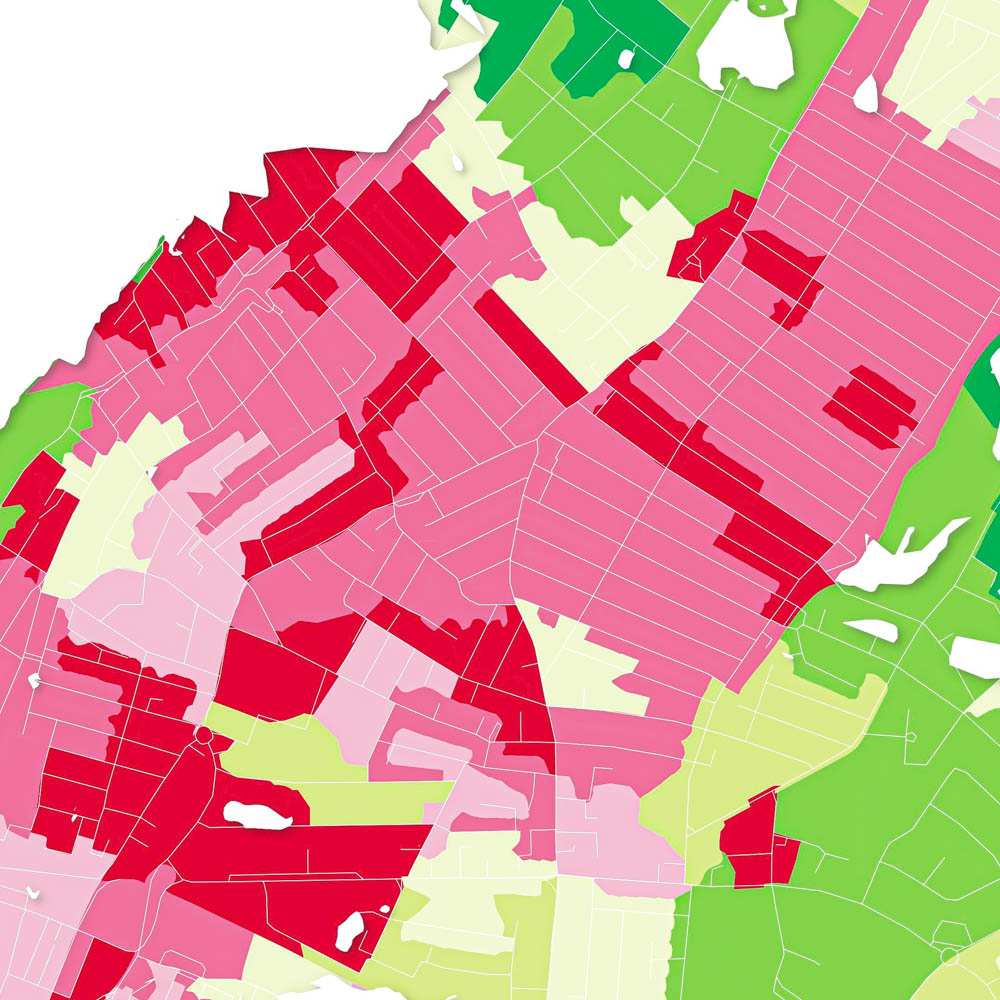
Residential Density in the area of high completeness
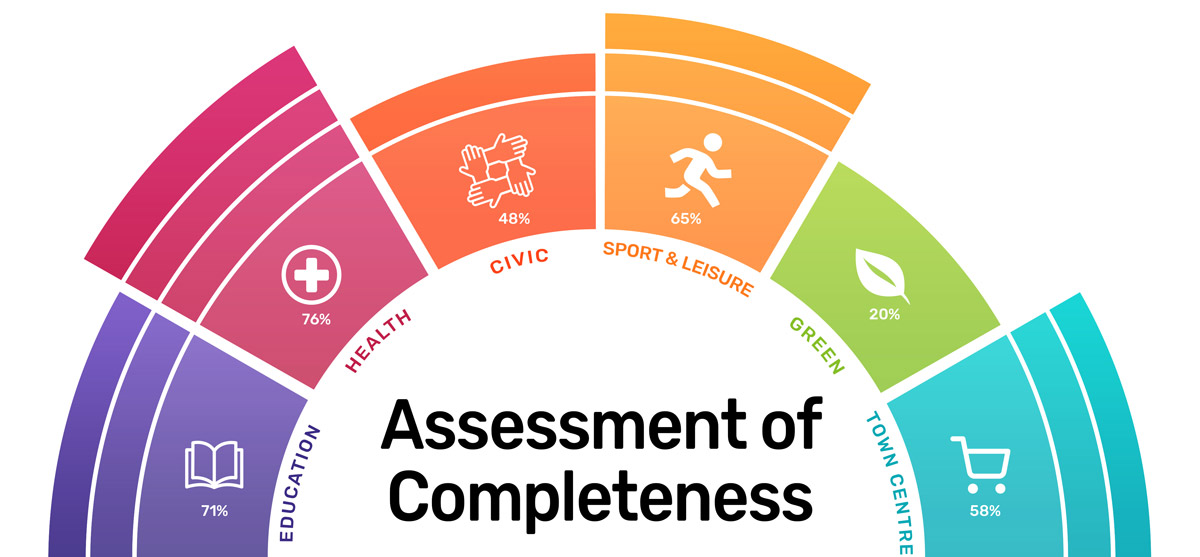
Breakdown of completeness based on provision of services, indicating what services are well provided for in a particular area, and which ones less so
At the heart of the approach is the creation of socially cohesive and inclusive communities, where all have access to basic needs. It reflects the ‘living-local’ agenda emerging from the Covid pandemic and provides a new perspective on our towns and cities, being the foundation to take forward place-based neighbourhood orientated development projects.
To find out more, please get in touch:
Let's discuss your aims and the services we can offer. All initial discussions are free of any further obligation.
Email: info@troyplanning.com
